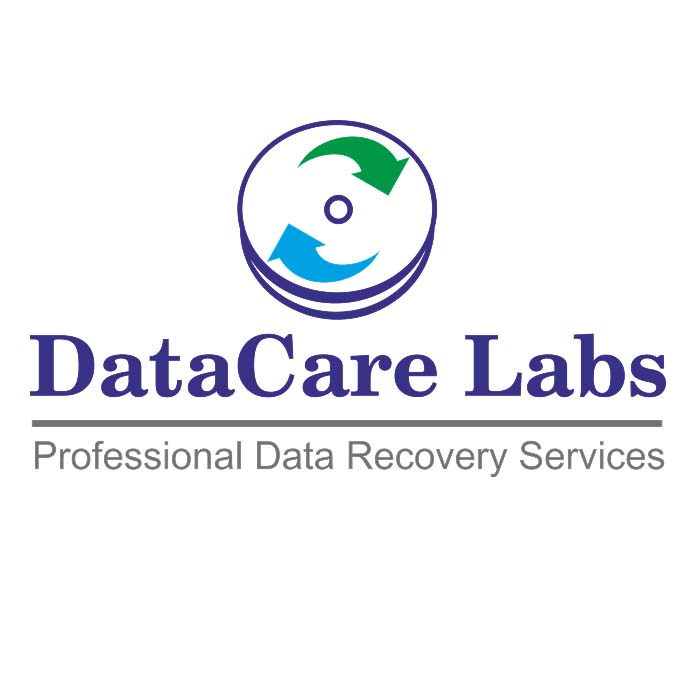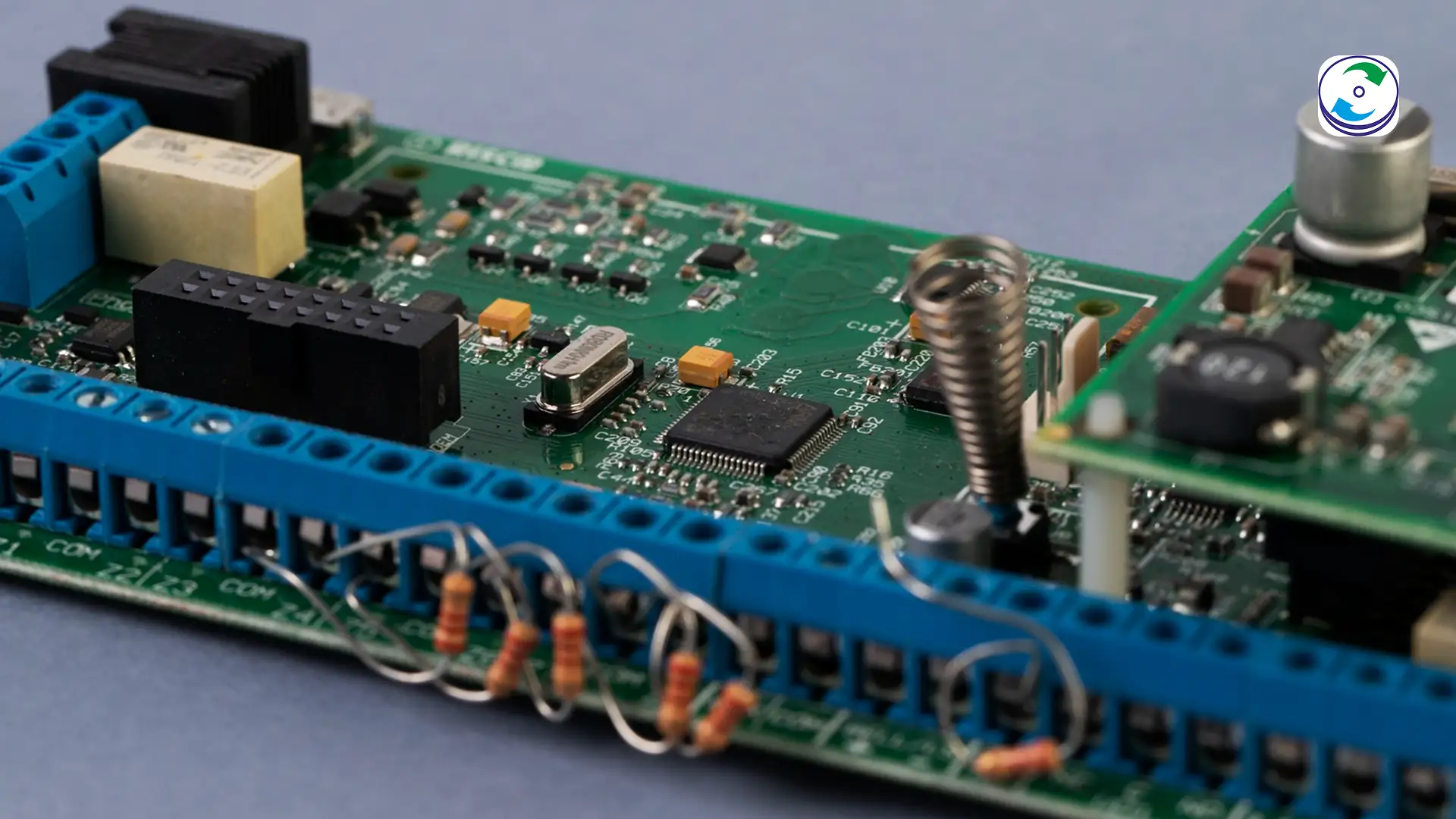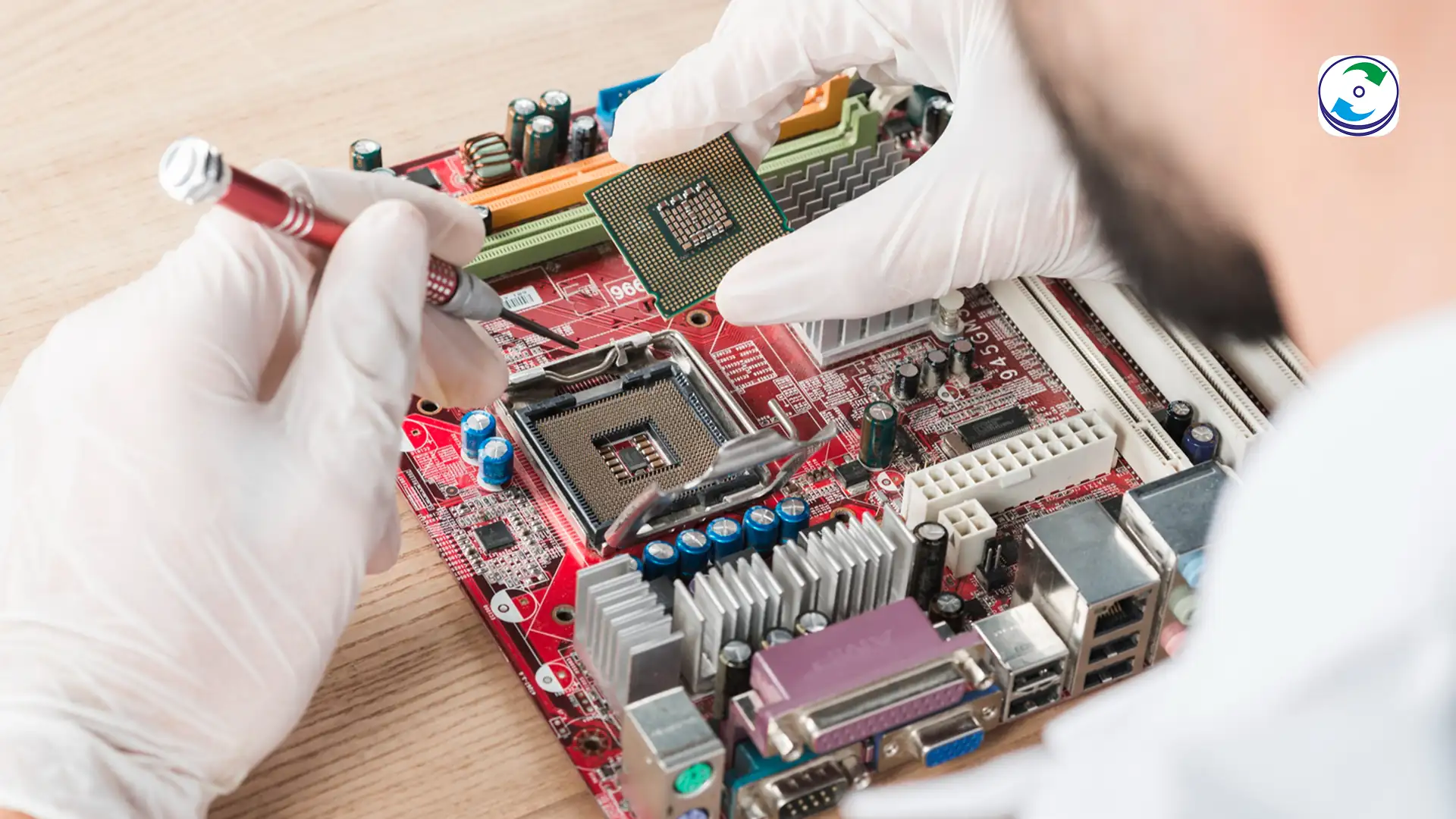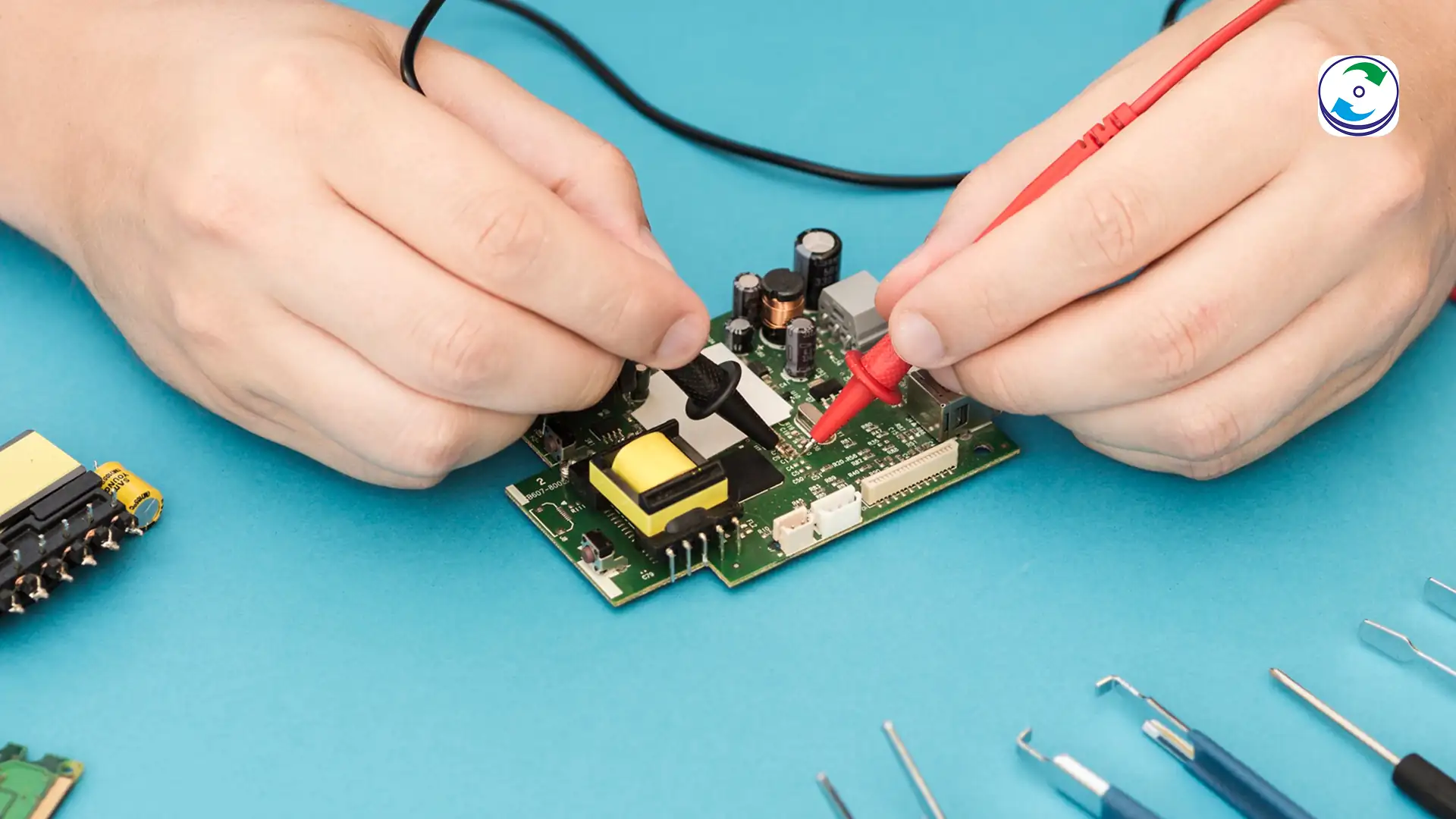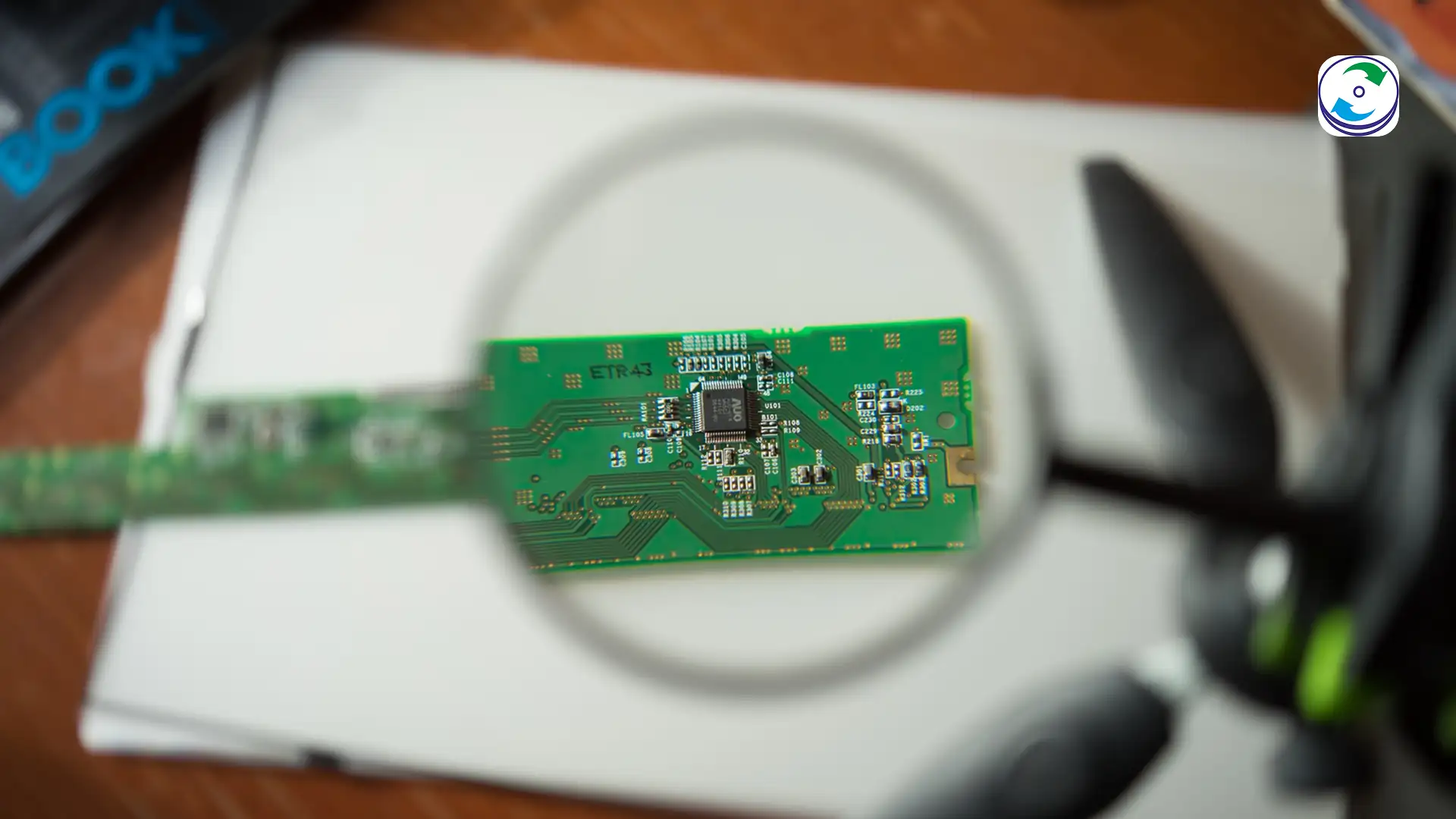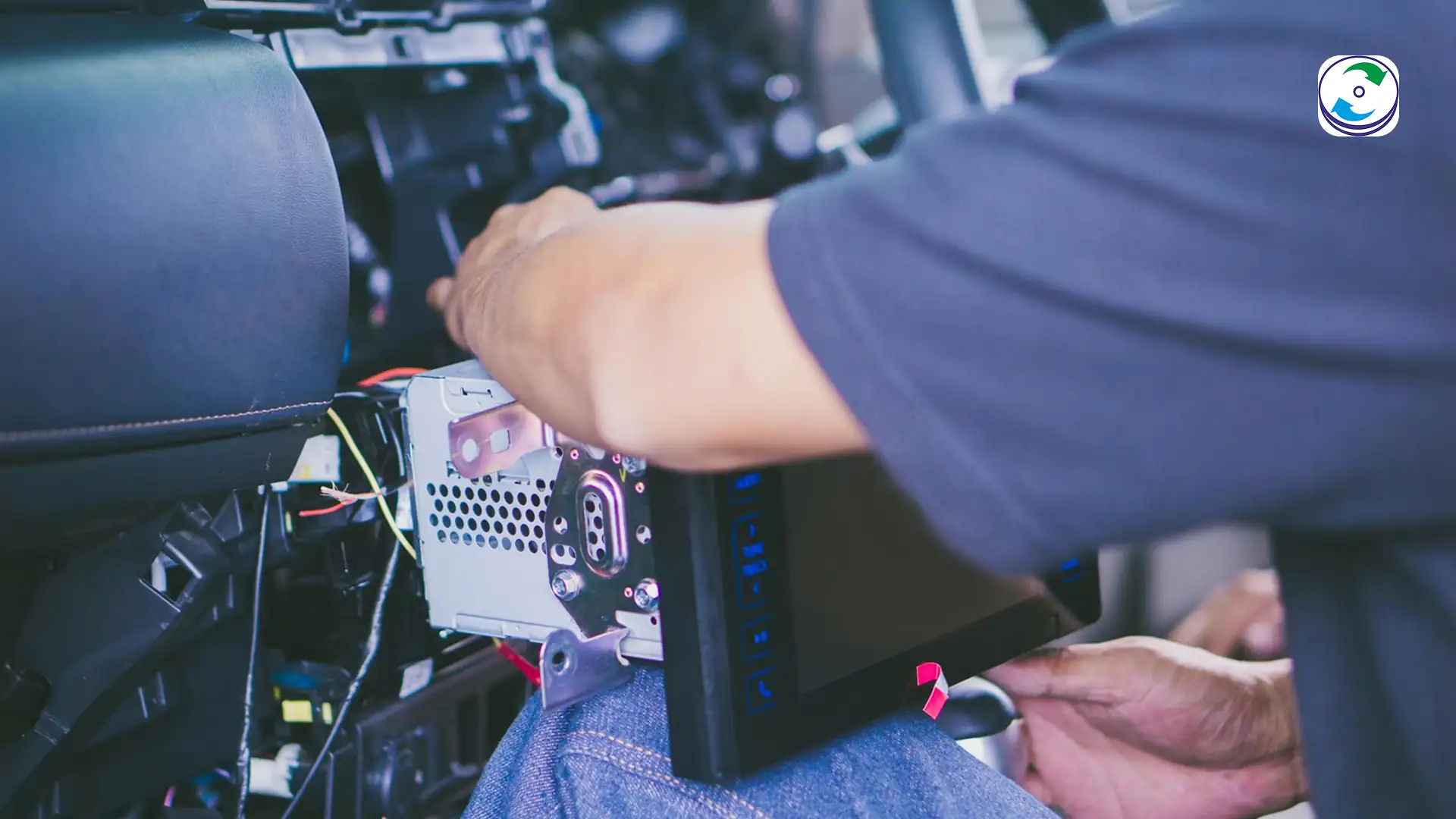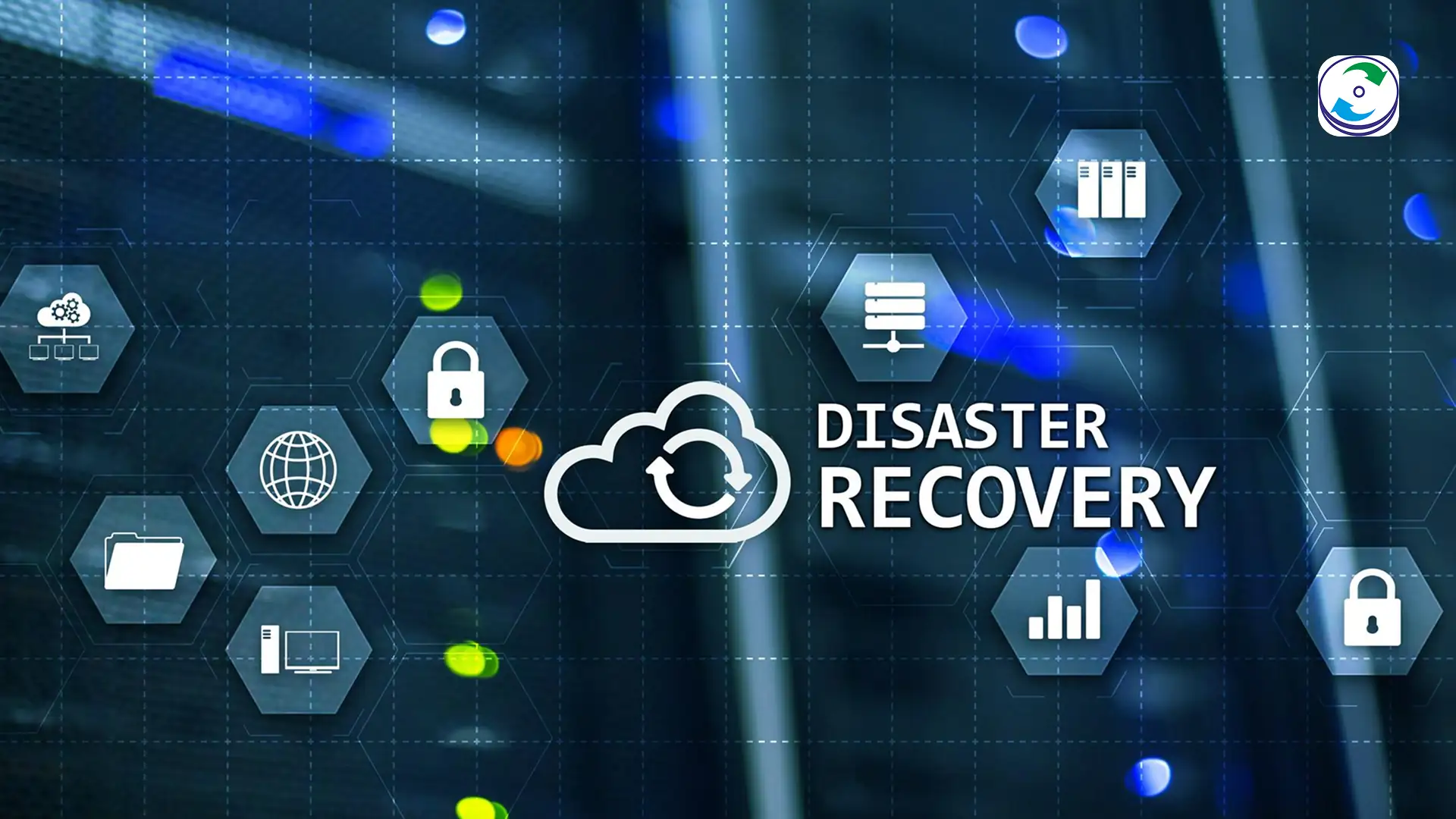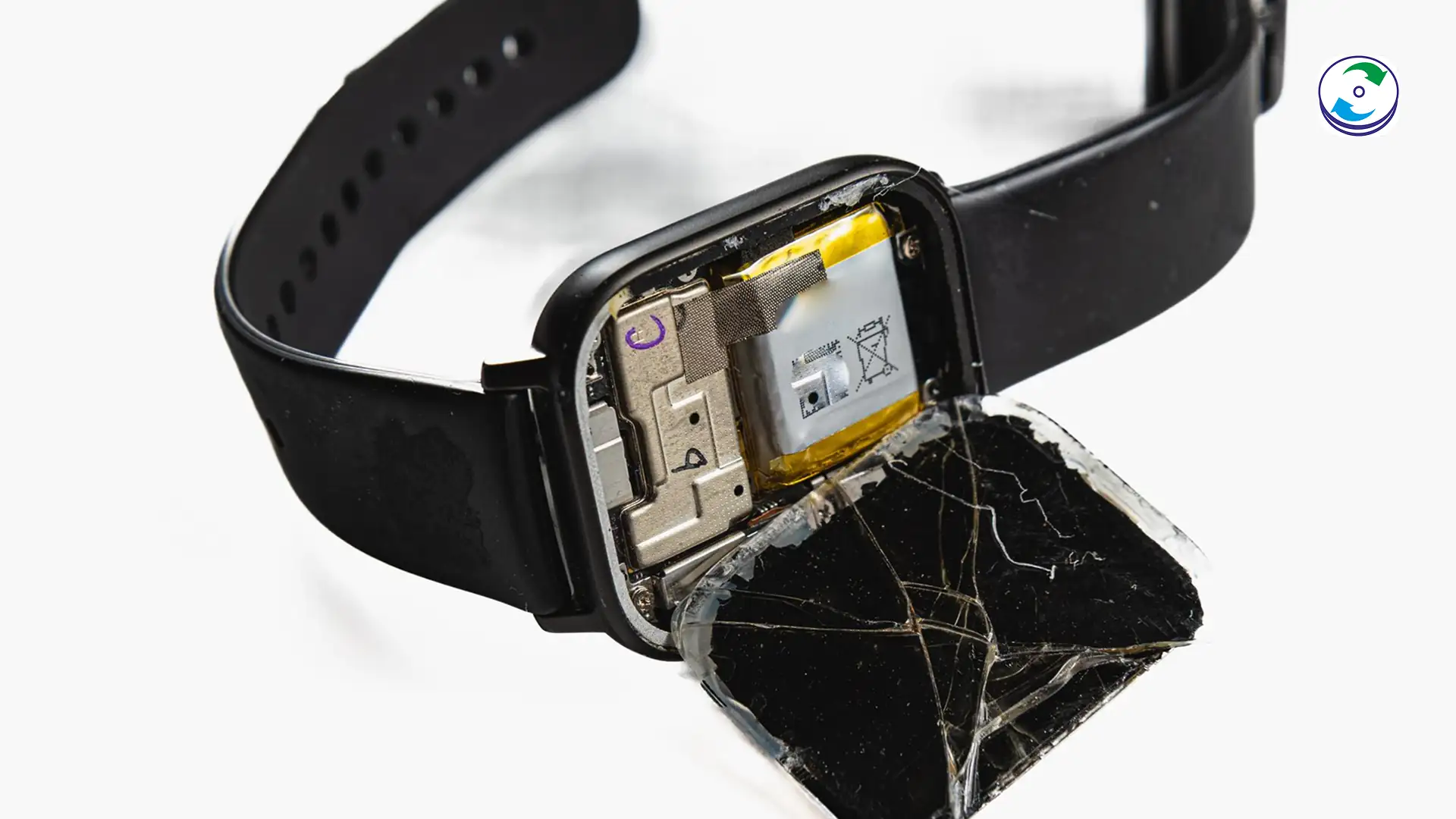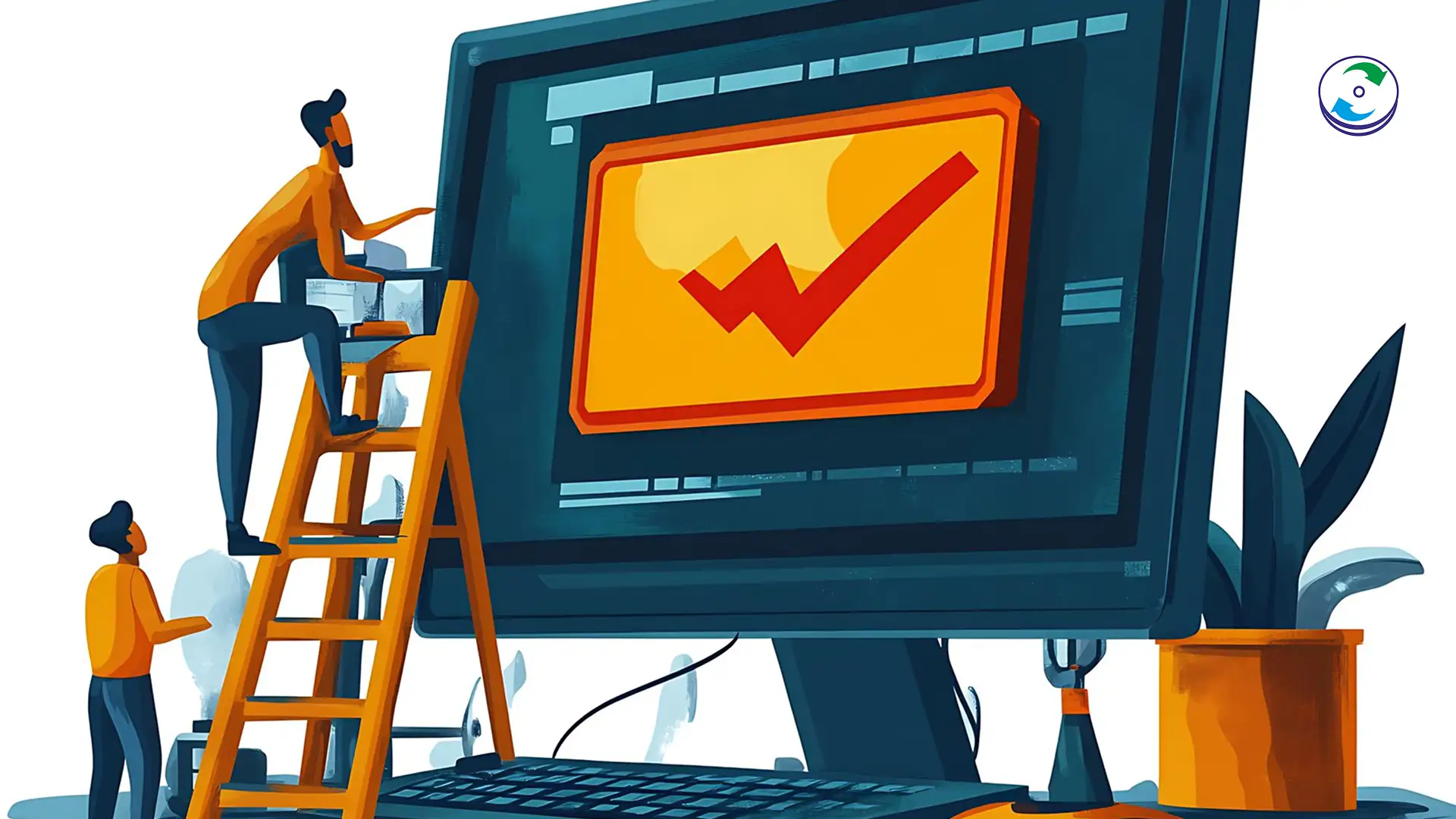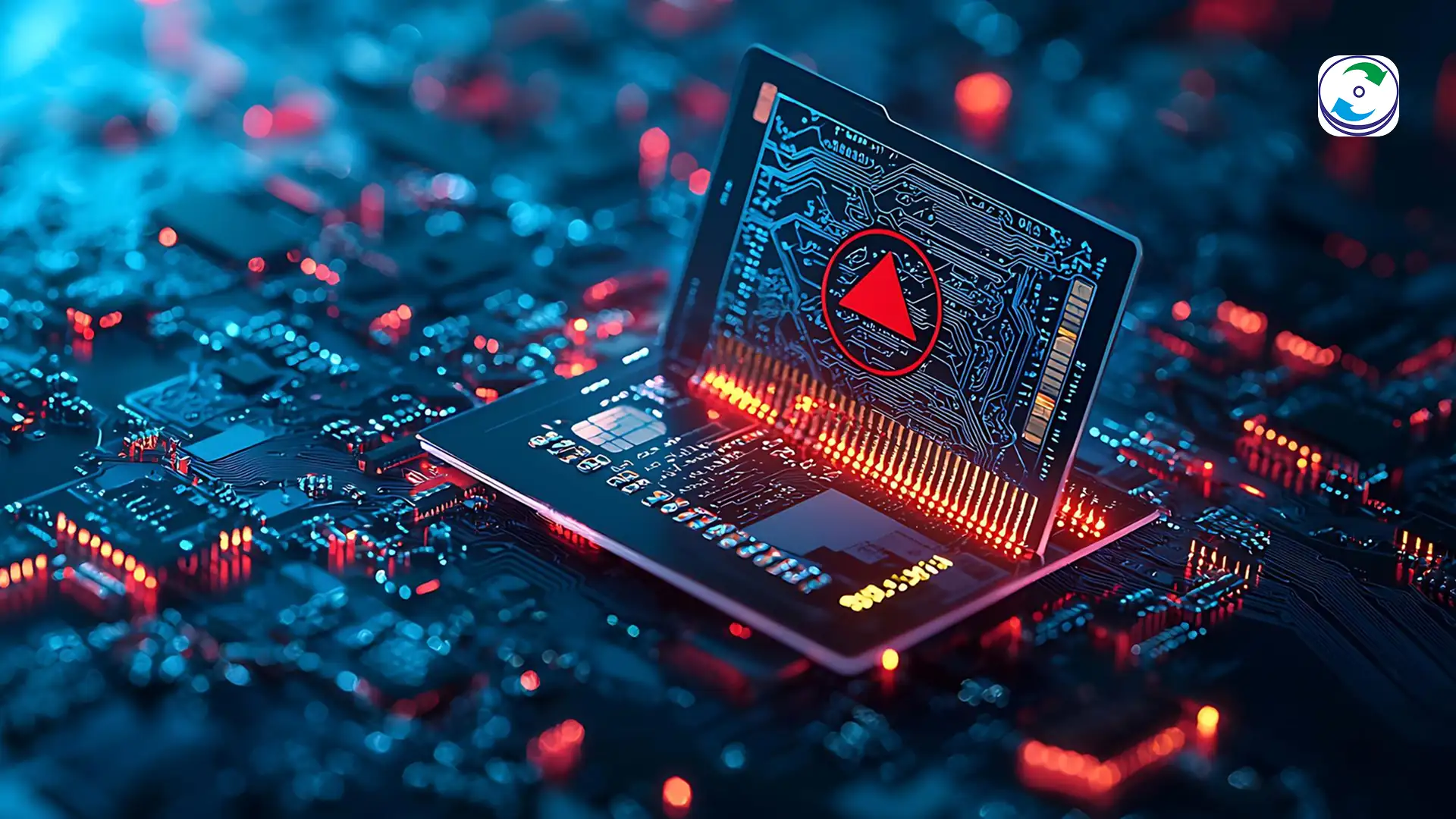The Clicking Hard Drive: What That Terrifying Sound Means and What to Do
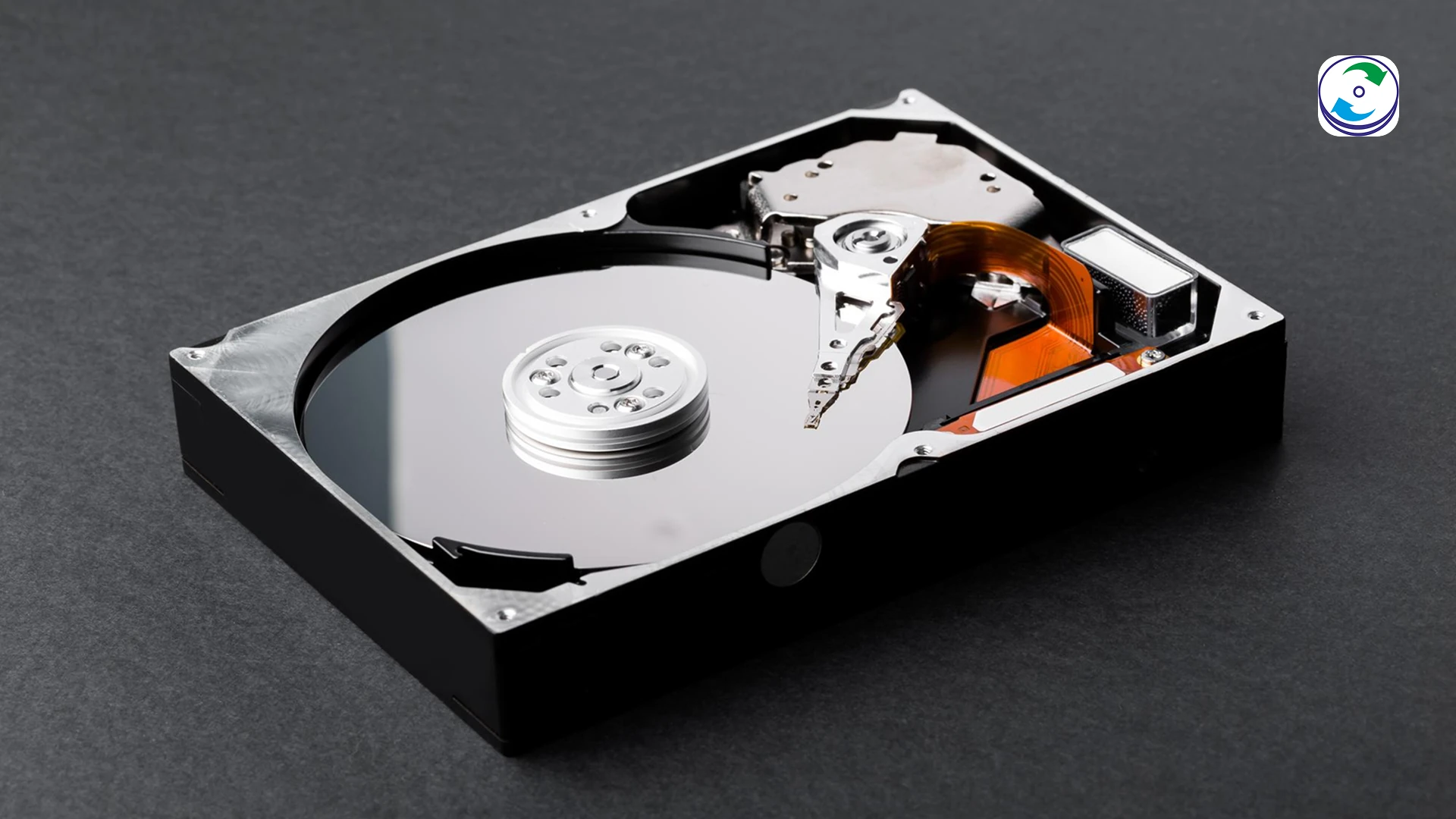
The Sound of Impending Data Loss
Every computer user dreads that moment. It’s not a software error message or a sluggish system. It’s a physical, mechanical sound—a rhythmic, often repetitive clicking hard drive. For many, this sound is the digital equivalent of a flatlining heartbeat. It signals that your hard drive, the mechanical heart of your computer, is in a state of critical distress. The fear is immediate and visceral: all your cherished photos, critical business documents, and years of invaluable data are on the verge of being lost forever.
At DataCare Labs in Pune, Maharashtra, we receive countless calls from panicked individuals and businesses who have just heard this terrifying sound. We understand the gravity of the situation. A clicking sound is not a simple glitch; it’s a symptom of a severe physical hardware failure. While the situation is dire, all is not lost. In fact, a quick, calm, and correct response can make the difference between a total data wipeout and a successful, high-percentage recovery. This comprehensive guide will decode the meaning behind that clicking sound, tell you what to do (and, more importantly, what NOT to do), and explain how a professional data recovery service is your only real hope.
What Exactly is That Clicking Sound?
To understand the clicking, you must first understand the fundamental mechanics of a hard drive. Inside the sealed, dust-free casing, a few key components work in perfect harmony:
- Platters: These are the circular glass or aluminum disks coated with magnetic material where your data is stored.
- Spindle Motor: This motor spins the platters at a high and constant speed (typically 5,400 or 7,200 RPM).
- Read/Write Heads: These are tiny components at the end of the actuator arm. They float on a cushion of air just nanometers above the platters, reading and writing your data without ever touching the surface.
- Actuator Arm: A motorized arm that moves the read/write heads across the platters. It’s this component that performs the constant, precise movements that allow data to be accessed.
The clicking sound you hear is often the actuator arm’s desperate, failed attempt to find the information it needs. It’s hitting its physical limit or a protective stop because it cannot correctly identify its position or read the data on the platters.
The Most Common Causes of a Clicking Hard Drive
The rhythmic clicking is not random; it’s a symptom of a specific, critical failure. Here are the most common culprits:
1. Head Crash or Stiction
This is the most common and feared cause. If a hard drive is dropped or receives a sudden jolt while operating, the read/write heads can lose their stable position and physically impact the platters. This is known as a head crash. The heads can then get stuck to the platter surface (stiction), and the clicking sound is the actuator arm’s motor trying and failing to pull them free. A head crash can scratch and physically destroy the magnetic media, leading to permanent, irreversible data loss in those areas.
2. Spindle Motor Failure
The spindle motor is responsible for spinning the platters. If this motor seizes or fails due to a power surge, physical damage, or wear and tear, the platters will not spin at the correct speed or may not spin at all. The clicking sound you hear is the read/write heads trying to calibrate their position in a non-spinning or improperly spinning drive. This is often accompanied by the drive not powering up fully or making a faint whining sound.
3. Firmware Corruption
Every hard drive has a small microcode, or firmware, that tells it how to operate—how to spin up, how to control the actuator arm, and how to read the platter’s initial “Service Area” (the section containing critical drive information). If this firmware becomes corrupted due to a bad sector or a manufacturing defect, the drive becomes “dumb.” The clicking sound is the read/write heads moving back and forth, attempting to access the firmware or calibrate their position in a loop, but failing every time because they don’t know what to do next.
4. Service Area Issues
The Service Area (SA) is a dedicated section on the platters that contains vital information like the drive’s firmware, adaptive settings, and defect lists. The drive must read this area before it can access any user data. If the Service Area is unreadable due to a platter scratch, a bad sector, or a head failure, the drive cannot initialize and will repeatedly attempt to recalibrate, resulting in the dreaded clicking sound.
5. Insufficient Power Supply
In some cases, the problem isn’t the hard drive itself but the power supply unit (PSU) providing power to it. If the PSU is failing or cannot provide a stable, consistent voltage, the hard drive may receive enough power to try to spin up but not enough to complete the process. This can cause the heads to rapidly try to initialize and fail, leading to a clicking sound. While this is less common, it’s a good reminder to always check the power source.
What NOT to Do When Your Hard Drive Clicks
Your reaction in the first few moments after hearing the clicking sound is the most important factor in the success of a potential data recovery. Any of the following actions can lead to permanent data loss:
- DON’T Keep Powering It On: Repeatedly powering the drive on and off is the most common mistake. This can cause a damaged read/write head to repeatedly crash onto the platters, grinding away the magnetic data layer with every attempt.
- DON’T Open the Drive: Hard drives are assembled in sterile, dust-free environments called Class 100 Cleanrooms. Opening the drive in your home or office exposes the platters to dust, hair, and other particles that are thousands of times larger than the gap between the heads and platters. These contaminants will cause irreparable damage the moment the drive is powered on.
- DON’T Use DIY Software: Software cannot fix a physical problem. Any recovery software you run will only further stress a failing drive, causing it to work harder and potentially leading to a catastrophic head crash.
- DON’T Shake or Tap the Drive: The urge to physically “fix” the problem is strong, but this can dislodge components and cause further physical damage, especially if the heads are already stuck.
The Correct Steps to Take Immediately
- Power Off: As soon as you hear the clicking sound, immediately turn off the computer and unplug the drive.
- Do Not Restart: Do not be tempted to turn it back on to “see if it works again.”
- Do Not Open: Leave the drive’s casing sealed and undisturbed.
- Contact an Expert: Call a professional data recovery service like DataCare Labs immediately.
The Professional Data Recovery Process
At DataCare Labs in Pune, our process for a clicking hard drive is meticulous and follows strict, proven protocols that cannot be replicated at home.
1. Initial Diagnosis in a Cleanroom
The first step is a professional diagnosis. Our engineers will take the drive into our certified Class 100 Cleanroom. They will carefully inspect the drive for any physical damage, determine the cause of the clicking (e.g., head failure, motor failure), and assess the integrity of the platters.
2. Component Replacement and Stabilization
If the heads are damaged, they will be replaced with new ones from an identical donor hard drive. If the spindle motor has failed, the platters may be carefully transferred to a new, functional drive in a delicate procedure called a platter swap. This requires specialized tools and an unwavering focus on precision.
3. Data Extraction and Cloning
Once the drive’s components are stabilized, our engineers will use specialized data recovery hardware (not software) to read the data sector by sector. They will create a bit-for-bit clone of the hard drive onto a new, healthy drive. This process is complex, often requiring the bypass of bad sectors or corrupted areas to retrieve the maximum amount of data possible.
Why You Should Trust DataCare Labs for Your Clicking Hard Drive
The clicking sound is a signal that your hard drive is physically failing. It’s a job for a surgeon, not a mechanic. At DataCare Labs, we have the Class 100 Cleanroom, the vast inventory of donor parts, the specialized hardware, and, most importantly, the decades of experience to perform these delicate procedures. We offer a high-success rate for clicking hard drive recovery, giving our clients in Pune, Nashik, and across India the best possible chance of getting their priceless data back.
Conclusion: Don’t Let the Click Steal Your Data
A clicking hard drive is not a death sentence for your data, but it is a race against time. Your immediate action, or more accurately, your immediate inaction—is your greatest ally. By powering down the device and entrusting it to a professional, you give your data a fighting chance. Don’t let a moment of panic turn a potential recovery into an absolute loss.

